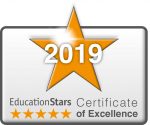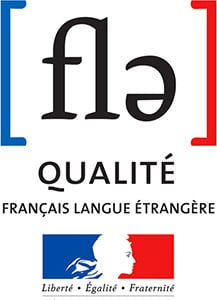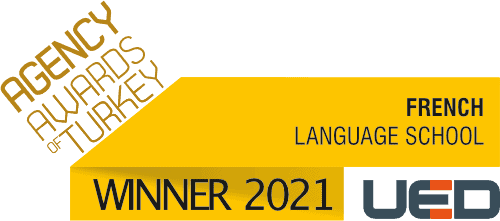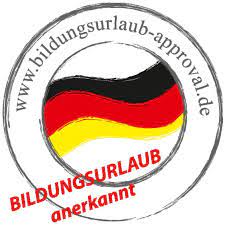All our French courses are defined using a 6 level scale of language proficiency, which are aligned with the Council of European Framework of reference for languages:
Can understand with ease virtually everything heard or read. Can summarise information from different spoken and written sources, reconstructing arguments and accounts in a coherent presentation. Can express him/herself spontaneously, very fluently and precisely, differentiating finer shades of meaning even in more complex situations.
Can understand a wide range of demanding, longer texts, and recognise implicit meaning. Can express him/herself fluently and spontaneously without much obvious searching for expressions. Can use language flexibly and effectively for social, academic and professional purposes. Can produce clear, well-structured, detailed text on complex subjects, showing controlled use of organisational patterns, connectors and cohesive devices.
Can understand the main ideas of complex text on both concrete and abstract topics, including technical discussions in his/her field of specialisation. Can interact with a degree of fluency and spontaneity that makes regular interaction with native speakers quite possible without strain for either party. Can produce clear, detailed text on a wide range of subjects and explain a viewpoint on a topical issue giving the advantages and disadvantages of various options.
Can understand the main points of clear standard input on familiar matters regularly encountered in work, school, leisure, etc. Can deal with most situations likely to arise whilst travelling in an area where the language is spoken. Can produce simple connected text on topics which are familiar or of personal interest. Can describe experiences and events, dreams, hopes & ambitions and briefly give reasons and explanations for opinions and plans.
Can understand sentences and frequently used expressions related to areas of most immediate relevance (e.g. very basic personal and family information, shopping, local geography, employment). Can communicate in simple and routine tasks requiring a simple and direct exchange of information on familiar and routine matters. Can describe in simple terms aspects of his/her background, immediate environment and matters in areas of immediate need.
Can understand and use familiar everyday expressions and very basic phrases aimed at the satisfaction of needs of a concrete type. Can introduce him/herself and others and can ask and answer questions about personal details such as where he/she lives, people he/she knows and things he/she has. Can interact in a simple way provided the other person talks slowly and clearly and is prepared to help.
The levels are as follows:
ALTE is an association of providers of foreign language examinations, founded in 1990. In 2003 it was awarded International Non Governmental Organisation status with the Council of Europe.
It includes many of the world’s leading language assessment bodies
ALTE currently has 31 members, representing the testing of 26 languages.
ALTE members provide standard examinations and computer-based language tests ALTE examinations are placed at one of 6 levels.
The levels are described by a series of Can-do statements which define levels of ability in terms of what language









+33 2 35 72 08 63
+33 2 35 72 08 63
+33 2 35 72 08 64
+33 2 35 72 08 64
26 bis Rue Valmont de Bomare 76100 Rouen, France
26 bis Rue Valmont de Bomare 76100 Rouen, France
Copyright © 2025 French in Normandy | Terms & Conditions | Data Protection & Privacy Policy
Made with Love ❤️ By NavaWeb